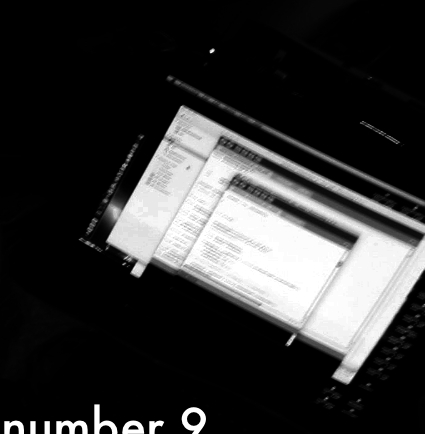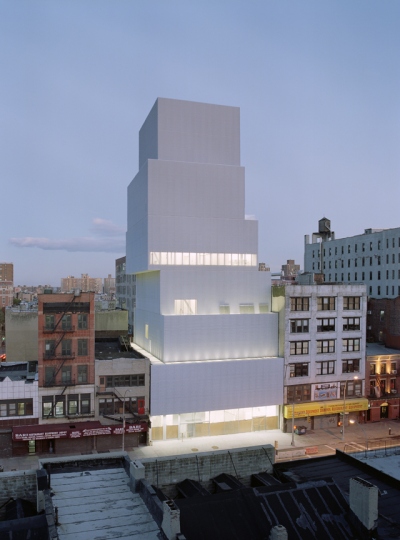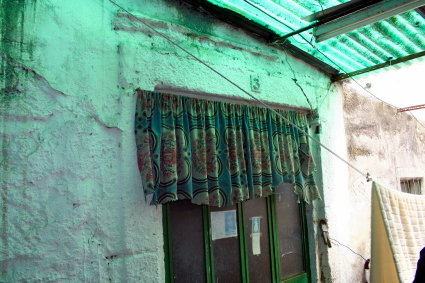 |
| Pedro Zamith — Fang, 2009. |
por ANTÓNIO CERVEIRA PINTO
Quando hoje pensamos no militarismo prussiano de Bismarck, no que foram as devastadoras Primeira Guerra Mundial e Revolução Russa, nos primeiros anos (1919-1923) e últimos (1929-1933) da República de Weimar (1919-1933), anos de hiperinflação, caos, falências, bichas para o pão, vagabundagem e casinos abarrotados de porcos capitalistas, prostitutas e prostitutos, percebemos melhor a emergência de movimentos estéticos como DaDa e o expressionismo berlinenses, protagonizados por artistas especialmente sensíveis às questões sociais que emergiam de uma realidade convulsa que não parava de crescer e surpreender: a cidade!
Do primeiro discurso DaDa de Huelsenbeck em Berlim às carnes queimadas de George Grosz, ou às primeiras desconstruções políticas do falso verismo da fotografia, por Hannah Höch, John Heartfield e Raoul Hausmann, ou ainda ao poder ilustrativo das águas-tintas de Otto Dix, ficou uma galeria de retratos impressionantes sobre toda uma era e um lugar que teria certamente algum equilíbrio e beleza, mas cuja face escura, sulcada de cicatrizes e memórias traumáticas, simboliza a marca distintiva daquele espaço-tempo relativamente a outros tempos e lugares. A missão do diapasão estético sempre foi esta: ver e sentir para além da espuma ilusória dos dias, mostrar as sombras nocturnas da realidade, especialmente quando esta vem carregada de maus presságios.
Não posso conter o paralelismo que instintivamente estabeleço entre esta época da arte europeia e aquela para que estamos caminhando há já algum tempo. Trata-se, na minha opinião, de uma espécie de regresso, em que não queremos acreditar, cada vez mais dramático, da realidade!
O sistema financeiro fora de controlo, o endividamento geral da sociedade, o desemprego estrutural, a criminalidade ingénua e a criminalidade tenebrosa em crescendo, a verborreia ora néscia ora cínica dos políticos, o exibicionismo dos que por erro de cálculo acreditam estar acima das dificuldades, a depressão que invade o vazio da urbanidade perdida, o divórcio humano que não pára.
Há dois artistas que, seguindo embora registos de comunicação e de expressão muito diversos, têm atraído a minha curiosidade e atenção, e em cujas obras encontro o pretexto ideal para reflectir sobre esse impulso primordial da criação plástica que é a figuração: Miguel Palma, sobre cuja obra escrevi recentemente um ensaio, ainda por publicar, e Pedro Zamith, a que dedico este primeiro esboço de reflexão.
Se em Miguel Palma o paradigma genético da criação, como escultor nato que é, surge de uma realidade anterior ao verbo, a techné (a transformação da terra e da carne em ser criado), no caso de Pedro Zamith, o impulso irresistível que conduz ao processo criativo constitui o verso ou o reverso da palavra, consoante esta ocorre antes ou depois da imagem. O importante por ora é deixarmos registada esta declaração de independência entre estes três canais relativamente autónomos (obsessivos) da expressão simbólica: a techné, a imagem e o verbo. Sobretudo quando o “realismo” estilhaça inesperadamente a janela de uma galeria, interrompendo o que fora um breve período de doce e afluente ilusão, a dialéctica das formas de representação simbólica readquire uma urgência cultural iniludível. Creio que chegou outra vez o tempo deste tipo de convulsão criativa; desta urgência conceptual que corre como uma escrita miudinha, seguindo a sua própria natureza, ganhando músculo e autoridade moral.
Tal como eu não consigo ler os meus discursos, Pedro Zamith apenas esboça em apontamentos arquitectónicos a substância —por assim dizer, o mote— do que desenha e pinta. A energia simbólica acumulada é tanta que apenas precisa de um pequeno pretexto para se fazer explodir em eloquência narrativa, comunicativa e expressiva. É esta capacidade de improvisação jazzística, que nasce de uma compressão de conteúdos narrativos potenciais, de formas emergentes e de energias performativas adquiridas na oficina do tempo obsessivo, acumulados ao longo dos anos, meses, dias, horas, minutos e segundos que precedem o acto de fazer, desenhar, pintar, ou escrever, que permite vincular o trânsito entre discursos dotados das suas próprias autonomias. Por exemplo, entre o ensaio crítico e a própria pintura.
Referindo de passagem a genealogia dos doze quadros que perfazem “Série B”, chamo naturalmente a atenção para a dita subcultura estética associada aos comics (que a geração do Pedro apelida apropriadamente com o termo “bonecos), à ilustração publicitária e ao graffiti. O ponto de contacto desta exposição com a pop art é talvez mais tangencial, mas ainda assim descortinável. O ponto de contacto com uma certa genealogia da pintura europeia, de Goya a Lucian Freud, passando por Delacroix ou George Grosz, é puramente instrumental e serve como catarse.
Por um lado, estes remakes servem para resolver esse equívoco cultural interposto entre a pintura de cavalete, de galeria e de museu, e uma suposta arte suburbana, que vai desde os stencils urbanos aos murais de grafitti, da ilustração comercial à publicidade, e dos comics (banda desenhada, anime, manga, etc.) ao desenho tipográfico. Por outro, faz parte de um processo de crescimento e separação propriamente filogenético, em grande medida explicável pela formação académica do autor. Pedro Zamith, tal como os seus amigos António Carvalho, António Salvador, ou Manuel João Vieira, tiveram uma insuportável formação em “belas artes”. Estudaram modelo, perspectiva e teoria das cores. Eram aliás muito bons nisso, mas não podiam estar mais afastados da retrógrada cultura que então imperava na Academia: uma cultura, imagine-se, “conceptual”! É caso para reafirmar: não em meu nome.
As cores planas e opacas, assim como a tinta industrial utilizada, contrastam ironicamente com o suporte de tela — em vez de papel, cartão prensado ou lona industrial, aparentemente mais apropriados ao género de linguagem pictórica em causa. Diria que este é ainda um conflito por dirimir. A redução cromática da paleta, por outro lado, serve o propósito claro de manter a pintura dentro do perímetro da cultura suburbana, de onde provém, de facto, a sua energia vital e a arena de confronto intelectual com os preconceitos de uma certa burguesia urbana afectada pela neurose da novidade meramente denotativa (que um dos heróis de Zamith, Woody Allen, tão insistentemente tem versado nos seus filmes.) Finalmente, a cinemática tridimensional das pinturas de Pedro Zamith pode ser entendida como uma clara homenagem ao cinema, a grande arte do século 20. Uma arte em que até as sub-categorias não cessam de aumentar de cotação. “Série B” — pois claro!
30 de Novembro de 2009
Copyright © 2009 by António Cerveira Pinto
PEDRO ZAMITH
SÉRIE B
03 Dezembro a 09 de Janeiro 2010
Appleton Square
Pedro Zamith – sítio web


